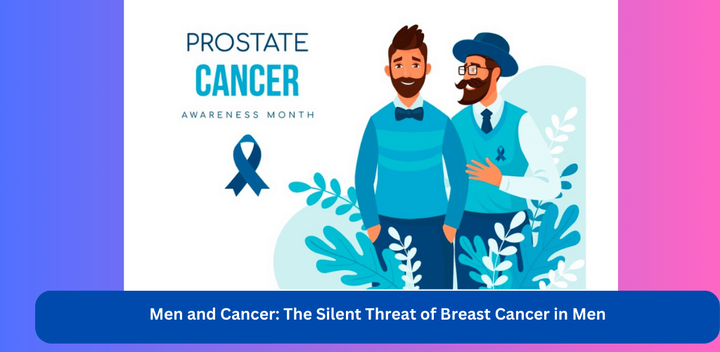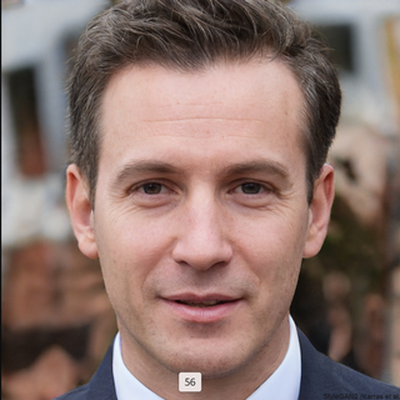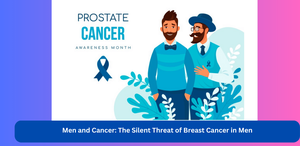Men and Cancer: The Silent Threat of Breast Cancer in Men
Body
Men and Cancer: The Silent Threat of Breast Cancer in Men

When discussing men and cancer, it’s crucial to highlight that men are not immune to diseases commonly associated with women. One such disease is breast cancer. Despite its rarity, men can get breast cancer, and it is a serious condition that demends awareness and understanding.
Understanding Men and Cancer
What is Breast Cancer in Men?
When discussing men and cancer, it's important to note that men can get breast cancer. Breast cancer in men occurs when malignant cells form in the breast tissue. Although men have less breast tissue than women, they still possess enough to develop breast cancer. The most common type of breast cancer in men is invasive ductal carcinoma, which starts in the milk ducts and spreads to other parts of the breast tissue.
Risk Factors for Breast Cancer in Men
Several factors can increase the risk of breast cancer in men, including:
- Age: The risk increases with age, most commonly affecting men between 60 and 70.
- Family History: Men with a family history of breast cancer or BRCA gene mutations are at a higher risk.
- Radiation Exposure: Prior radiation therapy to the chest can elevate the risk.
- Hormonal Imbalances: Conditions that alter the balance of estrogen and testosterone can contribute to the development of breast cancer.
- Liver Disease: Diseases like cirrhosis can increase estrogen levels, thus raising breast cancer risk.
- Klinefelter Syndrome: Men with this genetic disorder have higher levels of estrogen.
Symptoms and Diagnosis
Recognizing Symptoms
Early detection of breast cancer in men significantly improves treatment outcomes. Symptoms to watch for include:
- A painless lump or thickening in the breast tissue
- Changes to the skin covering the breast, such as dimpling or puckering
- Changes to the nipple, such as redness or scaling, or a nipple that turns inward
- Discharge from the nipple
Diagnostic Procedures
If any of these symptoms are present, it is essential to seek medical attention promptly. Diagnostic steps may include:
- Physical Examination: A thorough examination of the breasts and surrounding tissues.
- Mammography: X-ray imaging to detect abnormalities.
- Ultrasound: Using sound waves to create images of breast tissue.
- Biopsy: Removing a small tissue sample for laboratory analysis to confirm the presence of cancer cells.
Treatment Options
Available Treatments
Treatment for men can get breast cancer often mirrors that for women and can include:
- Surgery: Removing the tumor or entire breast tissue (mastectomy).
- Radiation Therapy: Using high-energy rays to target and destroy cancer cells.
- Chemotherapy: Using drugs to kill cancer cells throughout the body.
- Hormone Therapy: Medications that block hormones, like estrogen, that can fuel cancer growth.
Conclusion
Awareness and early detection are critical in addressing men can get breast cancer . Though it is less common than in women, the implications are equally serious. Understanding the risk factors, recognizing the symptoms, and seeking timely medical intervention can significantly impact outcomes. Remember, men and cancer are not mutually exclusive terms, and vigilance is vital in ensuring health and well-being.
By shedding light on this often-overlooked issue, we can foster a more informed and proactive approach to men breast cancer, ultimately saving lives.










Comments